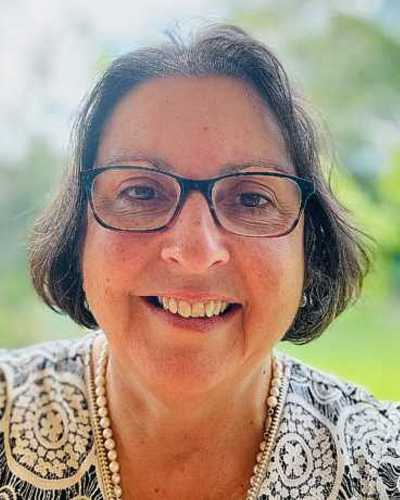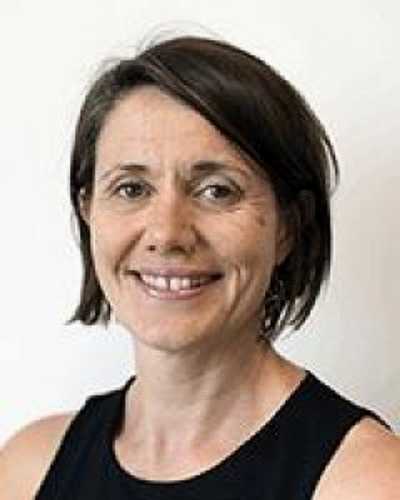As we approach the Muster medical education conference in Mount Gambier in October (http://muster2018.com), this article celebrates the contribution of rural programs to the longitudinal integrated clerkship (LIC) movement by examining the contributions of articles published online in Rural and Remote Health to the LIC discourse. Over the past 20 years, the International Consortium of Longitudinal Integrated Clerkships has encompassed prestigious urban sandstone medical schools in the USA and emerging rural programs in Australia1.
Asking how rural medical programs have contributed to the LIC movement in medical education can be compared to asking how rural cooks have contributed to haute cuisine, traditionally the realm of chefs. A chef is (usually) understood to have standing in the culinary profession through qualifications and apprenticeship years working in the open and complex environments of grand restaurant kitchens2. Cooks can be considered the practical kitchen workers who provide the ‘how to’ advice and pragmatic action required to just get on and feed the family. Bridging this divide is rural Australian cook and restaurateur Maggie Beer3, who describes herself as having grown up in a ‘food family’, then starting a farm shop and later a restaurant in the Barossa Valley in South Australia. Her menu is influenced by ‘utilising everything’ – first the produce from her own farm and then that of her neighbours.
It is a credit to the Consortium of Longitudinal Integrated Clerkships that country ‘cooks’ and international ‘chefs’ have worked together to enrich the learning theory and praxis discourse in medical education.
Longitudinal integrated clerkship development
A description of ‘cooking up’ LICs in rural Australia can only commence with recognition of medical community of practice – for example in the Riverland and then other rural areas in South Australia that have developed and sustained the parallel rural community curriculum4. This immersion experience, where medical students are based in rural general practice for at least a half-year semester and follow patients and their supervisors through the healthcare system, learning clinical disciplines in an integrated manner, has been reproduced in other areas of Australia4-10 and internationally in both developed11,12 and developing countries13,14.
Social accountability and community engagement
Where ‘chefs’ have a relationship with ‘food’ (in this case a curriculum), ‘cooks’ can be seen as having knowledge of and responsibility for those they ‘feed’ (patients, students and clinical teachers). Social accountability for rural LICs specifically seeks to improve recruitment and retention of the medical workforce in low-resource rural areas15. The sustainability of longitudinal programs requires the nourishment and support of clinicians16-18. Longitudinal placements enable time for meaningful relationships to form between clinicians and students, increasing clinician morale and student satisfaction with training10,18. Rural LICs have also highlighted the importance of recognition and remuneration of clinicians12,17,19. The rural LIC literature has contributed to the discourse about bringing clinicians around the medical education table to commune with each other and build trust with academic organisations, and to develop networks of rural medical teachers to grow their own workforce4,13,18,20,21.
Learning is a social process, and out of necessity country cooks routinely seek to share the responsibility for providing meals with those eating them. Rural LICs have engaged meaningfully with, recognised the contributions of and provided for community members21-23. We argue that, particularly in resource-poor areas, rural LICs have led the medical education community engagement agenda to ensure sustainability of medical education programs and the capacity to influence policy23,24. LICs seek to inculcate learners with the Hippocratic attributes of deep human interest, moral mastery of self and conscientious pursuit of knowledge through the medical program continuities of patient care, supervision and curriculum1.
Human interest through engagement
Students in rural placements witness the often long-term comprehensive and messy relationships between rural general practitioners and their patients. Longitudinal placements enable time for meaningful relationships to form between students and patients10,18. Knowing people during their health journeys increases students’ understanding of the health system and community healthcare needs8,25. In ‘country kitchens’, student curiosity is nurtured into deep human interest through authentic engagement with patients as people. The LIC academic community of practice has translated this rural phenomenon to metropolitan centres of excellence, adding strength to the discourse around humanism in medical education.
Pursuit of knowledge
In the television program The Cook and the Chef, Maggie Beer and her co-host, chef Simon Bryant, surprised us by privileging a domestic kitchen situated in a ‘local place’ over a cosmopolitan but impersonal commercial kitchen3. Likewise, rural LICs are seen as strongly embedded in local communities. The LIC movement has brought recognition to rural programs for their community-engaged training, authentic hands-on experiences and interprofessional team approaches7. However, these attributes alone could marginalise rural programs without considerable evidence of academic rigour. Development of clinical reasoning is context dependent26. Rural LICs provide both broader clinical learning opportunities and equivalent results in formal examinations6,8. Academic rigour has been further enhanced through robust critique and leadership from both rural community and urban hospital LICs.
Mastery of self
Perhaps more important than the food of a kitchen is its nourishment of people. Rural LICs have actively sought to influence career interests27. Meaningful participation in rural healthcare teams and the trust demonstrated by patients and health professionals have increased medical students’ sense of belonging and responsibility25. Medicine is a stressful profession. Rural LICs provide students with personal development opportunities and increased life experience6. Perhaps more importantly they provide time and space for reflection, contributing to students’ ability to manage the stresses of medical training and provision of medical care25.
Conclusion
Through the Consortium of Longitudinal Integrated Clerkships, the contributions of longitudinal relationships, rather than those of rural location, can be separated and celebrated. Using the analogy of country cook and haute cuisine chef, we have argued that rural LICs have contributed significantly and broadly to medical education. Like country cooks, rural LICs have got on with the job locally, perhaps without considering their wider impact. Through the Consortium of Longitudinal Integrated Clerkships, their influence has been profound. As Maggie Beer has demonstrated, relationships between urban and rural can be symbiotic, and expertise has no geographical bounds.


